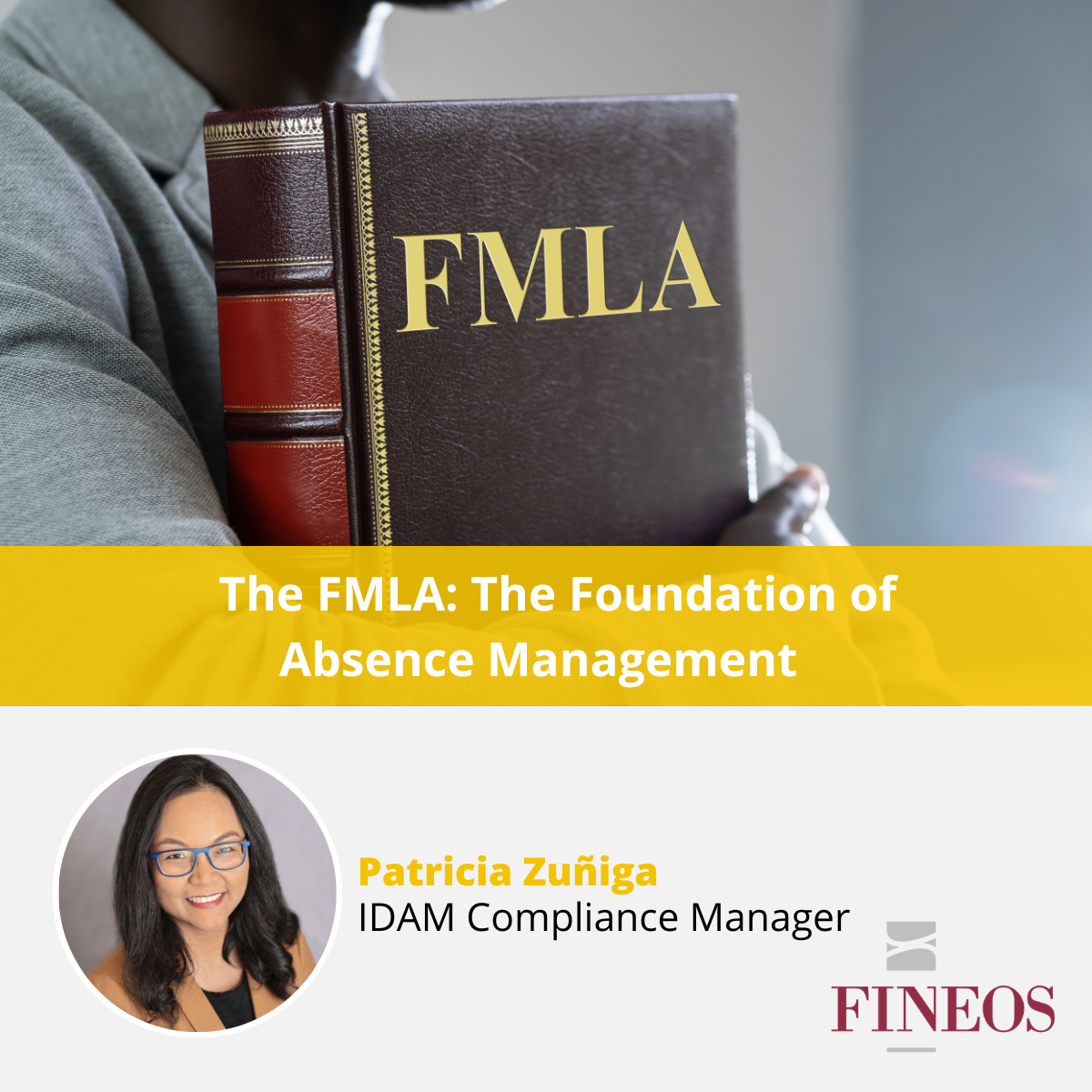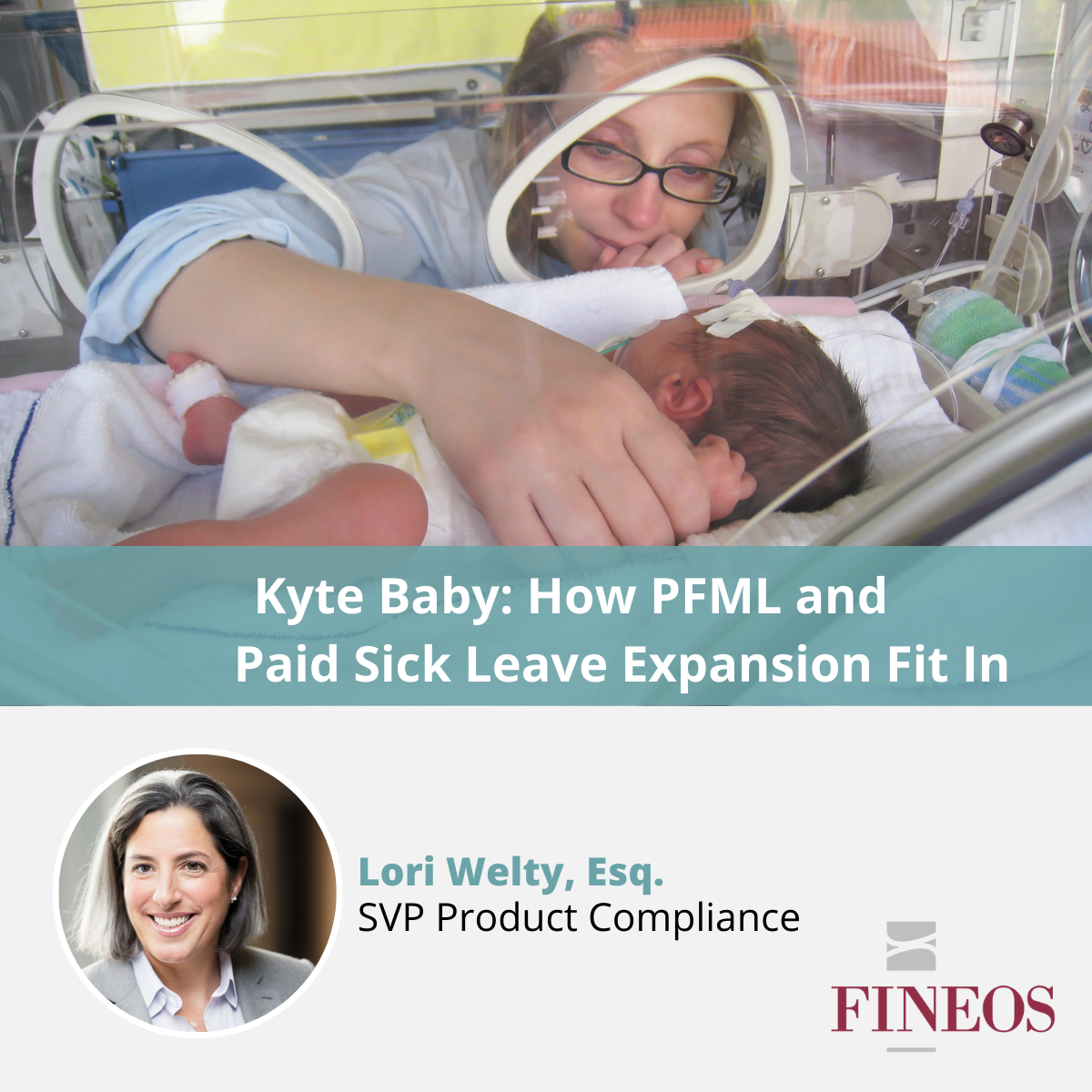By Michael Kelly, CEO, FINEOS for The Protection Review
FINEOS held our annual Global Claims Summit recently at which Peter Le Beau provided a very insightful and well received presentation about achieving Customer Service excellence in Claims.
What I find most worthwhile, in addition to the formal presentations at an event like this, is the many sidebar conversations that can be had with people from organisations around the world and understanding the trends and pressures affecting those organisations and what innovations are driven out as a result.
Due the nature of the conference, the focus is typically around lack of system investment in the Claims Department and the consequent challenges this presents.
One particular sidebar, which had quite strong and quite often humorous contributions from the individuals present, transpired to be the most illuminating. While Chatham House rules obviously apply to such a conversation, I can share that the challenges facing Claims Directors covered the typical ones I frequently hear such as:
- How is a Claims Director going to sign their career away for Solvency II without a decent claims management solution in place? With a further derogation until end 2015, it was felt CIO and COO’s will just further procrastinate.
- Lack of visibility to overall liability of the claim portfolio – consequent lack of focus on proactively reducing that liability and less ability (& time) to justify expenditure on actively managing longer tail claims. Allied to this was lack of insight into the performance of the Claims Department in managing each of the claim types and not appropriately reserving for those claim types based on continuous practical experience.
- Leakage. People present inherently knew that leakage occurs – but when you are managing multiple complex claims on a series of creaking systems and spreadsheets, it was an accepted fact of life. What was concerning, was the inability to put a figure on the quantum of that leakage.
- Lack of visibility to the rest of the organisation. For example, how do Underwriters know if they are being too lenient or too harsh in their underwriting of a product line, are Actuaries pricing the product line correctly, and so on.
- Dependency on Claim Handlers. Process knowledge in their heads and not systemised. The dread of the internal or external audit as a result. Practical claims experience stored in their heads. Ageing profile. Staff turnover due to their own stage in lifecycle, pressures of family, and so on.
Surprisingly, this last point is one we dwelled on mostly. I was picked on by the group to justify what FINEOS is doing to help organisations address this. This one was easy for me to bat back though – ‘FINEOS Claims’ (our solution for the Protection industry) already easily provides this capability and that it is the Life & Protection insurers that are the slow adopters. In fact, as our solution can be worked from any mobile device such as an iPad, I proffered that there is no reason for any claims handlers to be physically located in the office. A form of ‘distributed claim handling’ – a phrase I coined on the moment!
I justified that as the technology is already available to support such a model, it is purely the reticence of the insurers and Claims Directors that prevents this becoming a reality. The savings were obvious in terms of office space, heating, and lighting. The benefits for employees were significant in that they had flexibility to manage their own time to meet claims management objectives in between the school runs, dinner preparation, etc. There is no need for a parent to sacrifice their career for family.
I was roundly put down –saying that it would never work, how would you manage individual performance, lack of control, lack of visibility, potential for leakage, dangerous for a claims director, and so on. These issues look familiar? The fact is, the solution to these issues is already available – regardless of whether the traditional model or distributed claims handling model is adopted.
On my way to the next presentation, I was reminded of the Belgian Department of Disability Claims. A Belgian Government entity, they manage disability claims – similar to income protection claims with the same level of medical evidence required, same recurring payment types, certification and review periods, and active rehabilitation and return to work plans.
These guys already actively use my ‘distributed claims handling’ model – although it’s now not my model! The most important thing for the Director General (who was at our Summit) in adopting this model? Mutual trust.
I’ll get him later to convince him that it’s the software – obviously!


